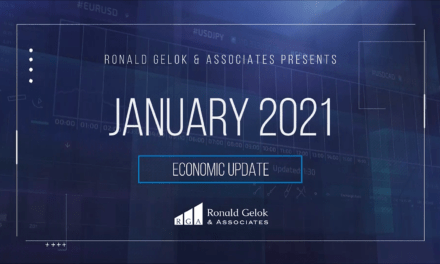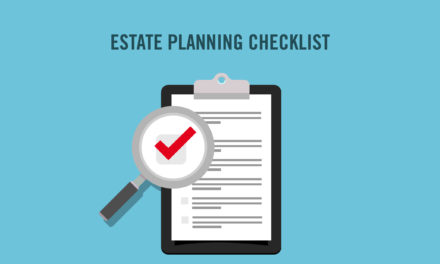Whenever you go on a journey, you make sure to map out your path ahead of time. Along the way you may consult your map to make sure you’re on the right track. Plans mapped out ahead of time can be perfect, or they may require rerouting as real life detours change our best laid plans. This is the idea of retirement income road-mapping: setting out with a path mapped out, but adjusting as the journey goes on.


But where should one start with retirement income road-mapping? The first step is to understand where we are. We need to get our bearings and know what climate and landscape we’re working with. In retirement planning, this means getting the lay of the land and finding the best solutions for this unique moment in time. What worked in the past may not work now, since much has changed in the past century of retirement planning.

Bonds
For more than 60 years it’s been assumed that a balanced portfolio of stocks and bonds would see you through your retirement so long as you withdrew at a rate of 4% or less per year. This doesn’t work anymore, as yields in the bond market are significantly lower than they used to be. Additionally, there is more downside risk to stocks and bonds than there has been in a very long time. In fact, as of this writing, the yield on the benchmark US 10-Year Treasury note is painfully low at just 0.66%. Not only that, but the effective yield on 10-year Corporate AAA rated bonds is 1.6%! Both of these fall far below the inflation rate of around 2.1%. This means if you’re invested in these bonds you are not even keeping up with inflation, let alone taxation. And if you factor in inflation and taxes you would actually be going backwards in your purchasing power if you held 30-40% of your money in these types of bonds.

INFLATION & TAXES
CNBC recently reported that the Fed is expected to make a major commitment to ramping up inflation in the near future. What that means for you is that at a possible 2.5%, ten years from now everything would be over 25% more expensive than today and 20 years from now they’d be over 50% more costly. Not to mention the fact that the government’s exploding debt of over 26 trillion dollars will mean rising taxes for years to come. Just look at the estate tax threshold: it’s like a moving target that gets changed almost as often as we change our socks. Since the year 2000, there have been 15 changes and there are already more future changes written into the law.

LONGEVITY RISK & INCOME SHORTFALLS
Did you know that the 85-plus age group is the fastest growing segment of the population? Or that half of all 60-year-olds have a living parent? How many of these older retirees planned for a 30-year retirement? I can wager a guess that many of these are relying on family to help them get by. At this age there is also risk of encountering an income shortfall. What this means is at some point in your retirement, you will not have enough money coming in to pay all your bills and do everything you plan on doing. Perhaps while employed you’re living on a predictable $6,000 a month, but in retirement your accounts only provide about $3200 a month. That gives you a $2,800 shortfall each month! Many retirees only realize this once they’ve already entered retirement.



WHAT CAN YOU DO?
So what should you do? Write out some numbers and hope for the best? Or do what the most proactive do and create a detailed, guided retirement income road-map with consultation and direction from a trusted advisor. As we at RGA often say, there are no do-overs in retirement. For your own peace of mind and the future of your retirement, don’t leave questions unanswered or gaps unfilled. Reach out to your RGA advisor as soon as possible to take a good hard look at your plan. Before you set out on your retirement journey, make sure you have a reliable road-map to get you where you want to go.
SOURCES
1. https://ycharts.com/indicators/us_coporate_aaa_effective_yield
2. https://tradingeconomics.com/united-states/government-bond-yield
3. https://www.cnbc.com/2020/08/04/the-fed-is-expected-to-make-a-major-commitment-to-ramping-up-inflation-soon.html









